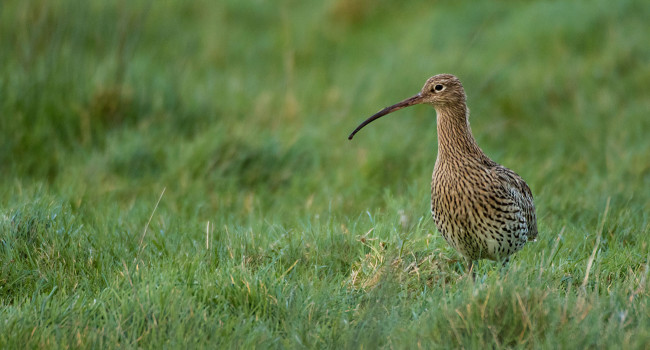Populations of high‐value predators reflect the traits of their prey

Author(s): Gutiérrez‐Cánovas, C., Worthington, T.A., Jâms, I.B., Noble, D.G., Perkins, D.M., Vaughan, I.P., Woodward, G., Ormerod, S.J. & Durance, I.
Editors(s): Daniel Stouffer & Jens-Christian Svenning
Published: March 2021 Pages: 13pp
Journal: Ecography Volume: 44
Digital Identifier No. (DOI): 10.1111/ecog.05438
Abstract
The extent to which prey traits combine to influence the abundance of predators is still poorly understood, particularly for mixed predators in sympatry and in aquatic ecosystems. In this study, we characterise prey use and distribution in iconic bird (grey wagtails and Eurasian dippers) and fish species (brown trout and Atlantic salmon) to assess whether prey traits could predict populations of these four riverine predators. Specifically, we hypothesised that: 1) prey key traits would predict predator populations more effectively than 2) diversity of prey traits, 3) the taxonomic abundance or richness of prey (known as traditional or mass‐effect types of biodiversity) or 4) the prevailing environmental conditions. Combined predator population sizes were predicted better by a few key traits – specifically those revealing prey habitat use, size and drifting behaviour – than by prey diversity or prey trait diversity or environmental conditions. Our findings demonstrate that the complex relationships between prey assemblages and multiple predator species can be represented mechanistically when the key prey traits that govern encounter and consumption rates are identified. Given their apparent potential to reveal trophic relationships, and to complement more traditional measures of prey abundance, we advocate further development of trait‐based approaches in predator–prey research.
Staff Author(s)







Share this page